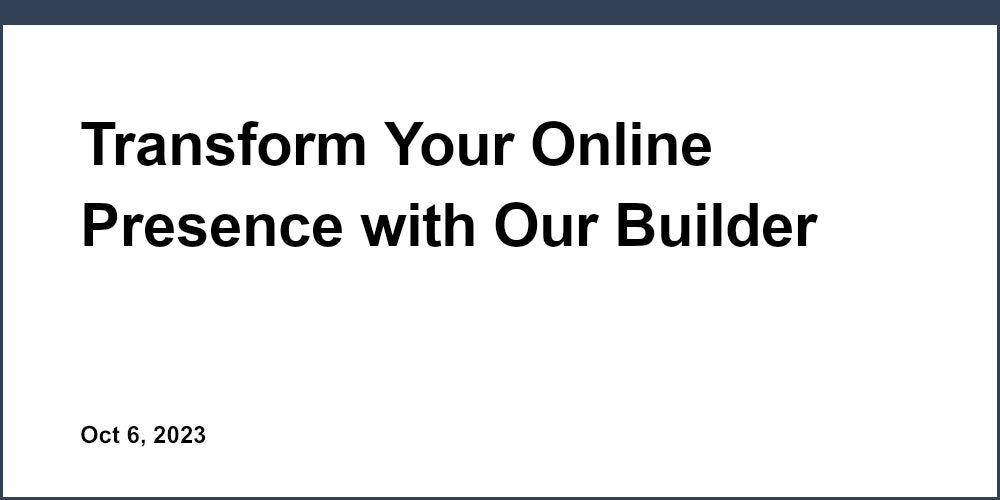`, `
`, `
` to better organize
- Choose chronological or topical content organization
- Include links to profiles and social media accounts
Setting Up the Initial HTML Layout
Let's start with the initial HTML page structure:
- Use the HTML5 doctype `` - Add `` tags to contain everything - Use `` tag for page title, metadata - Put visible content inside `` tags - Section content with `
`, `
`, `
` - Use semantic tags like `
`, `
` as needed
- Properly indent with 2 spaces per level
- Validate frequently to ensure valid HTML
Styling the Page Visually with CSS
Next, we can enhance the visual design using CSS:
- Create an external CSS file to hold styling code
- Use CSS selectors to target HTML elements
- Set fonts, colors, sizes, margins with CSS properties
- Style layout containers and alignments
- Add background colors/images for visual impact
- Use CSS classes and IDs for greater control
- Ensure accessibility of text and images
- Make responsive with media queries
Optimizing for Search Engines
To help search engines properly crawl and index your page:
- Include keyword-rich headers, content, and alt text
- Provide title and meta descriptions
- Use Schema.org markup for rich search results
- Ensure mobile-friendly responsive design
- Check page speed and optimize images
- Include clear calls-to-action to contact you
- Submit sitemaps to search engines
Personalizing with Custom Touches
To make your homepage unique, consider adding:
- Showcase your personality through design choices
- Highlight specialized skills or interests
- Embed multimedia like videos
- Add CSS animations or interactivity
- Feature resume and portfolio downloads
- Include contact forms or info for networking
For even more customization, explore integrating your blog, adding a portfolio gallery, getting a custom domain name, including an animated hero section, and experimenting with JavaScript animations.
Key Takeaways for Your Personal HTML Page
In summary, to build a great personal homepage:
- Use proper semantic HTML structure
- Organize content logically into sections
- Style visually appealing with CSS
- Optimize for search engines
- Highlight projects and skills customized to you
- Validate code frequently during development
- Make responsive across devices
- Include contact info and social media
- Host online for public access
The process involves planning, coding with HTML/CSS, optimizing, testing, and deploying your personal page. By following best practices, you can showcase your skills online with a custom-built homepage. Consider services like Unicorn Platform to streamline building your personal page with their easy-to-use website builder designed for startups and SaaS founders.
